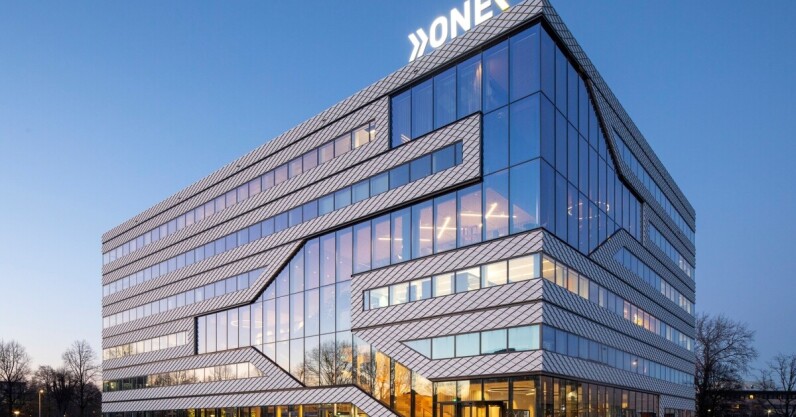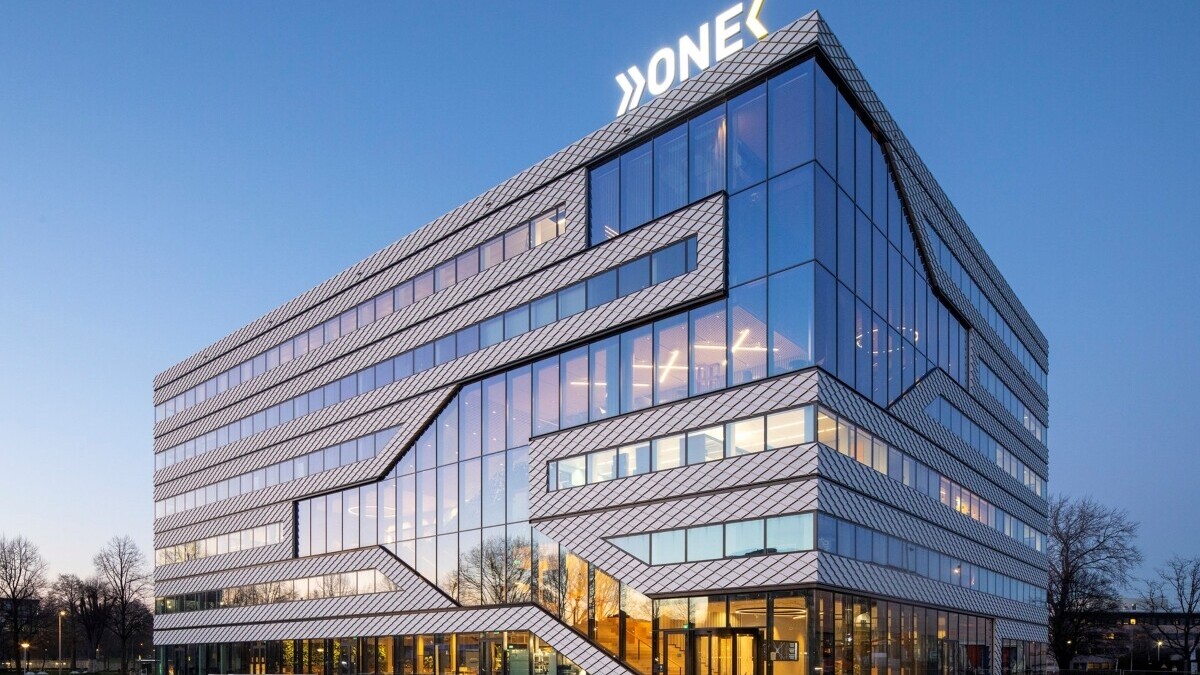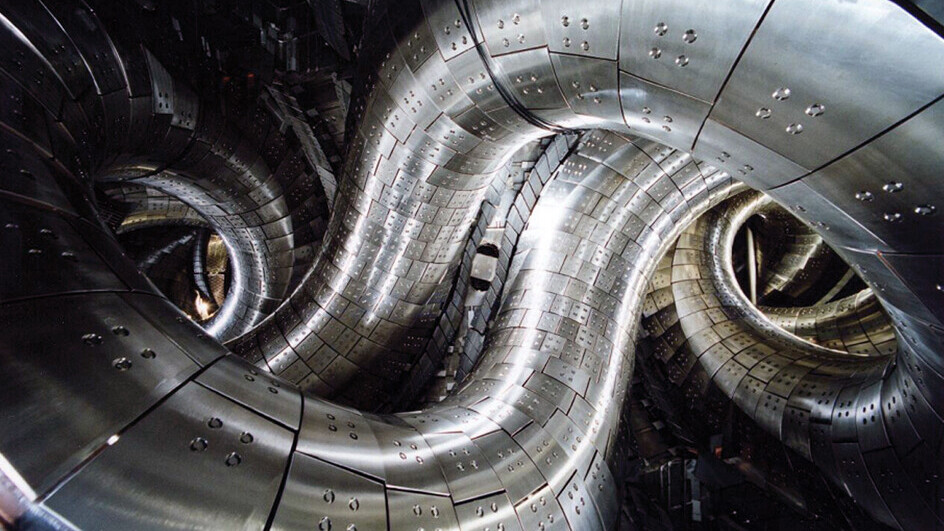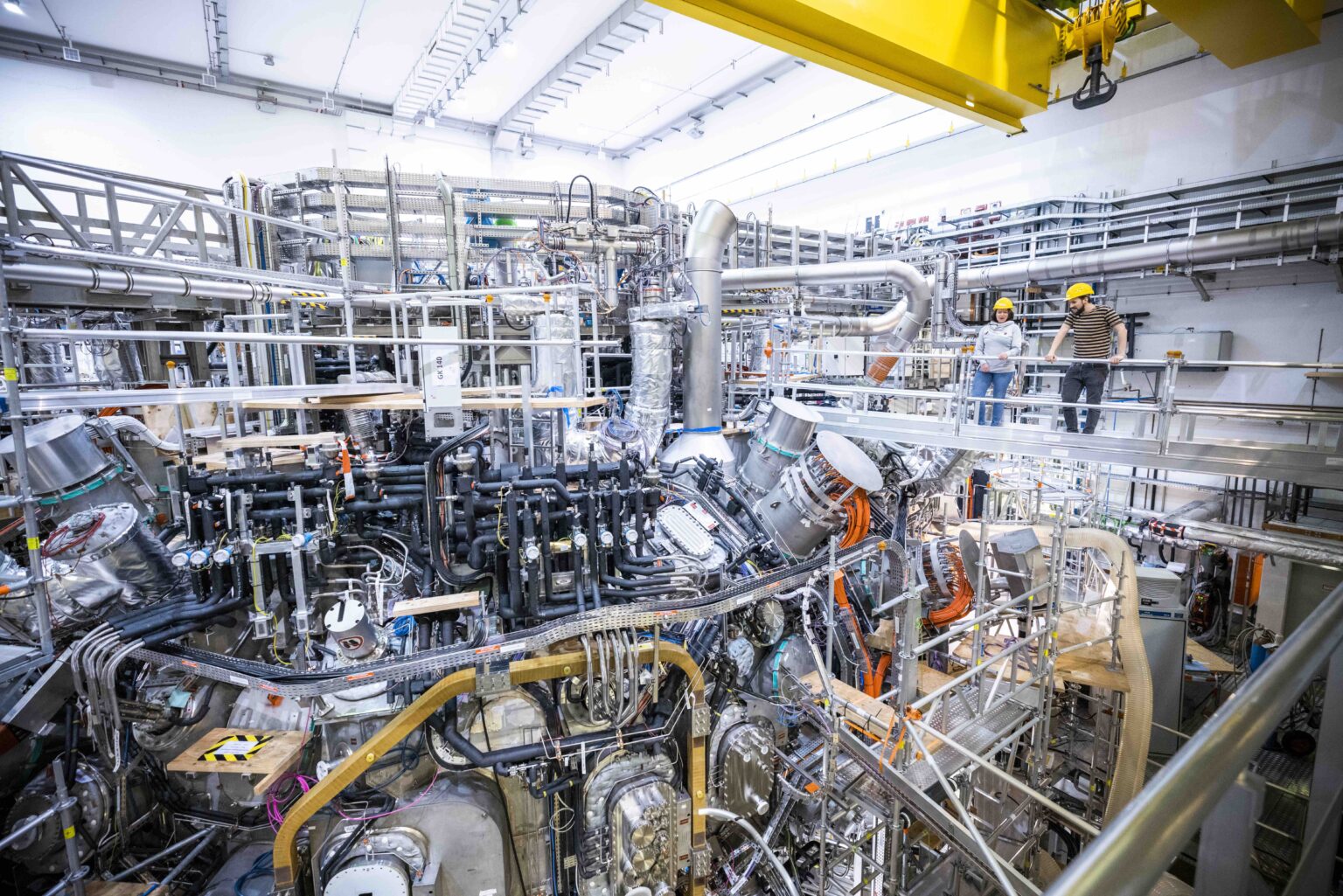Balancing profit, purpose, and planet: A must-see talk at TNW Conference

Story by
Siôn Geschwindt
Siôn is a reporter at TNW. From startups to tech giants, he covers the length and breadth of the European tech ecosystem. With a background Siôn is a reporter at TNW. From startups to tech giants, he covers the length and breadth of the European tech ecosystem. With a background in environmental science, Siôn has a bias for solutions delivering environmental and social impact at scale.
Lubomila Jordanova and Jamie Crummie will be speaking at TNW Conference, which takes place on June 15 & 16 in Amsterdam. If you want to experience the event (and say hi to our editorial team!), we’ve got something special for our loyal readers. Use the promo code READ-TNW-25 and get a 25% discount on your business pass for TNW Conference. See you in Amsterdam!
The goals of decarbonisation and the circular economy are two sides of the same coin. We cannot achieve one without the other, and both are vital to a sustainable and equitable future for humanity.
Just a few years ago, however, actionable tools for businesses and consumers to reduce emissions and waste were hard to find. But thanks to pioneering entrepreneurs like Lubomila Jordanova and Jamie Crummie, ways to measure and reduce our carbon and material footprint are now within reach.
Jordanova is the founder and CEO of Plan A, an AI-powered carbon accounting tool that helps companies measure, reduce, and report on CO2 emissions. So far, Plan A has built a 100-strong team of leading scientists and developers, secured big name clients like BMW and the European Commission, and claims to have 5Mt of carbon under its management.
Operating in a very different market, Crummie is the co-founder of sustainable food app Too Good To Go, which enables consumers to buy unsold food from restaurants and retailers. It is currently the world’s largest marketplace for surplus food, active in 17 countries, has over 75 million registered users, and 135,000 active food businesses. The app claims to have rescued over 200+ million meals of food.
Both companies entered the market in the mid-2010s, a time when climate tech received a mere fraction of the funding it does today. Despite an unfavourable investment landscape, both startups overcame their respective challenges and positioned themselves for impressive growth.
At TNW conference next week, Jordanova and Crummie will take to the stage to discuss their respective journeys, and ways to successfully deliver measurable impact within a for-profit business model.
So if you’re an entrepreneur looking to found a startup, or scale your existing business, make sure not to miss this talk! The future of the planet could depend on it.
Navigating the spinout process is among many startup growth topics that will be explored at TNW Conference. You can find more on the event agenda — and remember: for a 25% discount on business passes, use the promo code READ-TNW-25.
Get the TNW newsletter
Get the most important tech news in your inbox each week.
Balancing profit, purpose, and planet: A must-see talk at TNW Conference Read More »












